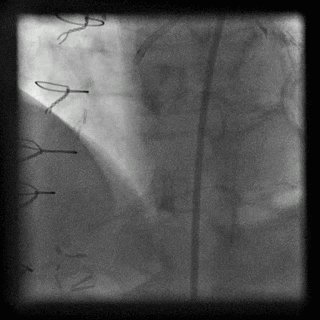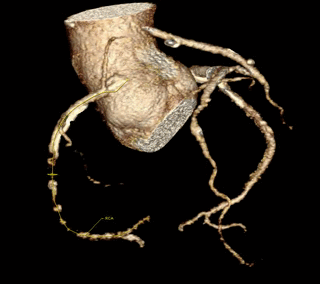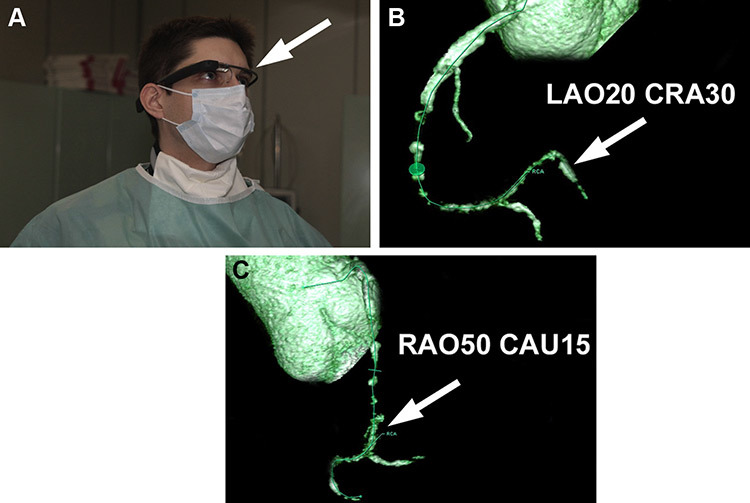Google Glass glasses helped perform complex coronary artery bypass surgery
 Surgeons from the Institute of Cardiology (Warsaw) used Google Glass glasses during a complex coronary artery bypass surgery - and successfully removed the right coronary artery in a 49-year-old patient. This is the first use of wearable computers for myocardial revascularization, according to a scientific paper published in the Canadian Journal of Cardiology.
Surgeons from the Institute of Cardiology (Warsaw) used Google Glass glasses during a complex coronary artery bypass surgery - and successfully removed the right coronary artery in a 49-year-old patient. This is the first use of wearable computers for myocardial revascularization, according to a scientific paper published in the Canadian Journal of Cardiology.Chronic total coronary artery occlusion in patients with coronary artery disease is total occlusion, in which it is impossible to contrast the distal coronary artery with the usual methods of percutaneous coronary intervention. Some scientists call it "the last frontier of interventional cardiology" - because of the difficulties of recanalization, that is, laying the canal through the blockage in the conditions of impossibility to get a clear picture of this area.
Doctors are increasingly using to prepare the operation and directly during it the CT-angiography technique is a computed tomography with contrast enhancement, when a contrast agent is injected into the bloodstream. In this case, you can get a very clear picture of all the arteries in 3D. But the technique is very difficult technically in real use by surgeons.
The group of specialists from the Center for Mathematical and Computer Modeling at the University of Warsaw tried to solve the problem. They developed a program that not only displays the CT scan data in a convenient form, but also allows you to rotate and zoom the image. And not on the computer, and on the display of glasses Google Glass, using voice commands. For the first time, surgeons received a real opportunity to apply data from CT angiography during operations in which both hands are occupied.
')

Static photographs of CT tomography were obtained using the software syngo.via (Siemens), from where they are interactively broadcast on Google Glass, following the instructions of the surgeon.

Thanks to Google Glass and the developed mobile application, it was possible to perform a successful percutaneous coronary intervention and accurately implant two stents. They will prevent narrowing of the arteries in these places and, perhaps, will provide a 49-year-old patient with a long and happy life.
Source: https://habr.com/ru/post/367093/
All Articles